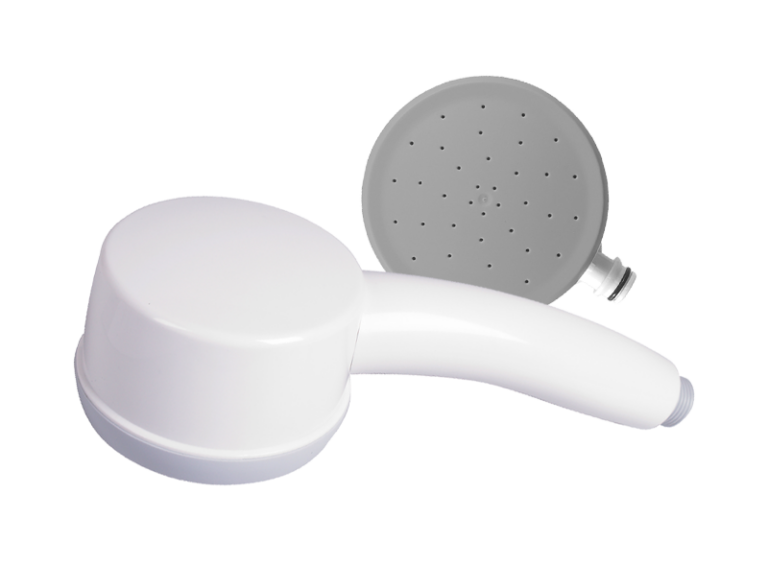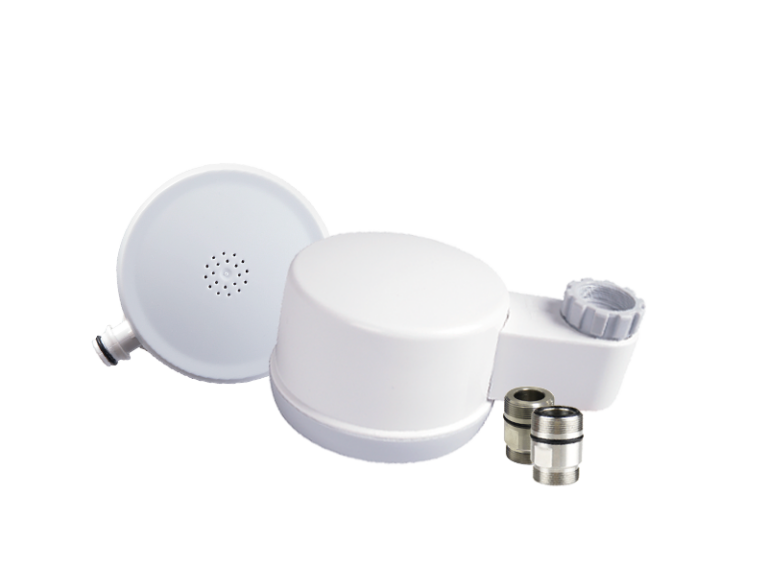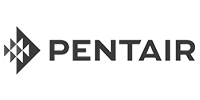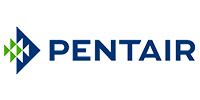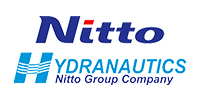As the summer season draws to a close, many businesses prepare to reopen their doors. Whether you’re managing an office building, a school, college or university, a gym, or any other facility with water systems, one of the most important steps in recomissioning your systems should be ensuring the safety of your water supply and Legionella compliance.
After periods of closure, the risk of Legionella and other bacteria in stagnant water systems becomes a serious concern. At Fileder, we want to shine a light on the importance of Legionella awareness and provide guidance to safeguarding your water systems.
What is Legionella?
Legionella is a type of bacteria that can thrive in water systems, particularly in stagnant or poorly maintained environments. When water containing Legionella is aerosolised (for example, through showers, taps or cooling towers) and inhaled, it can cause Legionnaires’ disease.
Legionnaires’ disease is a severe form of pneumonia that can be fatal, especially for those who are vulnerable or immunocompromised.
Why Summer Closures Increase Risk
During the warmer summer months, many facilities reduce their operations or shut down entirely, leading to water stagnation in pipes, tanks and other parts of the water system. Stagnant water provides an ideal breeding ground for Legionella bacteria, especially if water temperatures are within the range that supports bacterial growth (20-45°C).
When facilities reopen, the first use of water systems can release potentially contaminated water into the air, creating a significant health risk to anyone who comes into contact with it. It is incredibly important to address this proactively before the time where the water is actually needed.
Steps to Ensure Legionella Compliance Before Reopening
Conduct an L8 compliance check – before reopening, it’s essential to conduct a thorough risk assessment for Legionella and other bacteria that may have found a new home in your supply throughout the closure. This assessment will help identify potential problem areas in your water system and establish the necessary steps to mitigate risks.
Flush the water system – flushing the entire water system with fresh, clean water helps to remove stagnant water and any buildup of bacteria. It’s important to do this with a system in place, starting with the outlets closest to the water source and working your way outwards.
Disinfect the water system – depending on the severity of the risk, it may be necessary to disinfect the water system using appropriate chemical treatments. This process should be carried out by trained professionals to ensure effectiveness and safety.
Implement POU filters – if the risk is high, and you need your water system up and running as soon as possible, you can implement Point-of-Use shower and tap filters. These work to remove Legionella and other bacteria as the name says, at the point-of-use, treating water at the specific location where it will be used, at the last stage before it reaches the outlet while remedial, dosing or flushing is implemented.
As you prepare to welcome back staff, students, clients or members after the summer break, prioritising safety of your water systems is not just a legal obligation, but a moral one. The health risks associated with Legionella are preventable with correct awareness, action and professional support.
If you need assistance with Legionella prevention or any other water treatment needs, don’t hesitate to contact us! We’re here to help keep your water systems safe and compliant all year round.

